Estimated reading time: 16 minutes
If you're stockpiling emergency foods, hopefully, you have a system for rotating that food. My husband and I have a room with metal shelving units sticking out from the wall, so it's easy to pull old cans and boxes of food from one side while putting foods we just bought on the other side.
There are some foods, however, for which our system is a little more chaotic. We use boxes, totes, and five-gallon buckets for these foods, and although we try to rotate through them, we're not as concerned because we know these foods would last for decades.
In this article, I'm going to list 33 examples of foods that can last for decades, but first I want to make a little disclaimer. Technically, many of these foods are ingredients (baking soda, bouillon cubes, etc).
And while many of these foods will last forever without any special storage methods (such as honey, salt, and sugar), most of these foods need to be stored properly if they're going to last more than a few years.
I'm talking about Mylar bags with oxygen absorbers, airtight and moisture-proof containers, stable temperatures of 75 degrees F or below, and dark closets or cupboards.
As long as you store these foods properly, they will last 20, 30, 40 years, or more. To learn more about storing food the right way, check this Beginner's Guide to Emergency Food Storage. Now on to the list.
Want to save this post for later? Click Here to Pin It On Pinterest!
Survival Foods That Last for Decades
1. Alcohol

Liquor will last pretty much forever, and of course, wine gets better with time. Note that this does not include beer. Although beer might still be safe to drink after a few decades, it would taste awful.
2. Apple Cider Vinegar

Not only is this an important ingredient in many recipes, it has many health benefits. Every prepper should have a bottle of apple cider vinegar, or learn to make their own.
3. Baking Soda
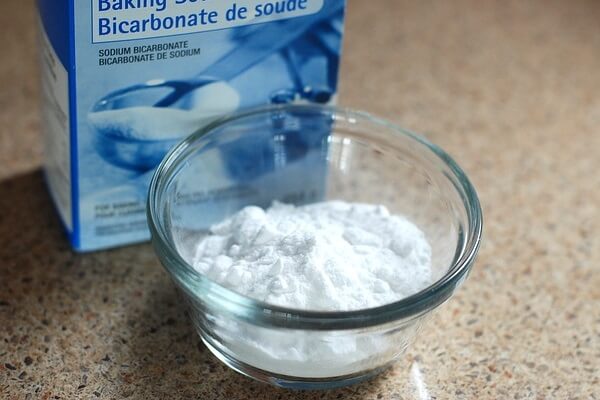
This is a kitchen staple, and it also has many other uses for preppers and homesteaders such as cleaning and dealing with pests. That's why I recommend buying a couple of big bags.
4. Bouillon Cubes
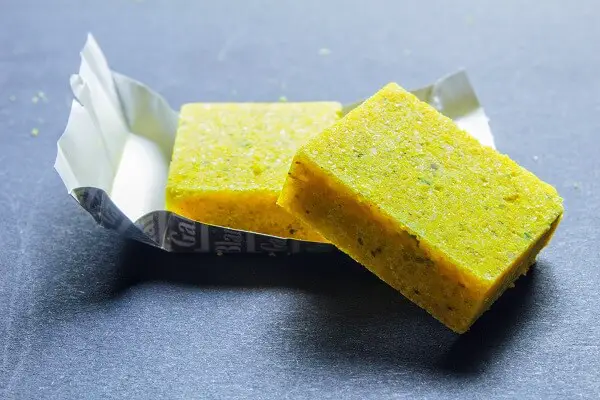
It's so easy to make a delicious meal when you have some bouillon cubes on hand. All you have to do is heat up some water, some meat and/or veggies, and a cube. The reason they last so long is because of the high salt content, but you'll need to store them in Mylar bags to preserve the taste.
5. Cocoa

Who doesn't love a cup of hot cocoa on a cold day? Just to be clear, I'm not talking about instant cocoa–which usually has some kind of dairy product in it–but pure unsweetened cocoa powder.
6. Corn Starch

In addition to being crucial for many recipes, it's also a great thickener. Just be sure it's kept unopened in a cool, dry place in airtight containers.
7. Corn Syrup

This can be used instead of sugar in almost any recipe. But unlike sugar, it's important that you keep it in an airtight container.
8. Dried Beans
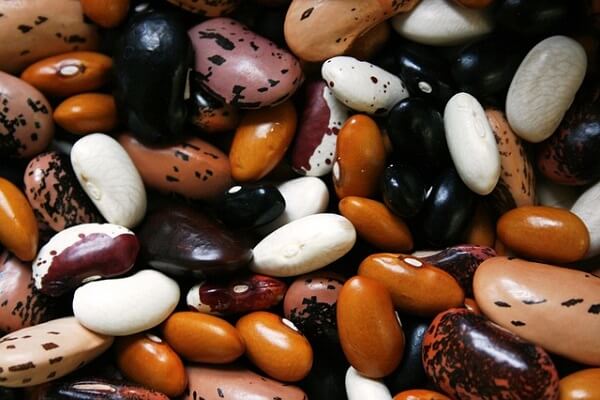
To make these last for decades, you'll need to pull out all the stops: they need to be completely dry in airtight bags inside airtight containers. They also need to stay in a cool, dark location. Otherwise, you could significantly shorten the shelf life.
9. Dried Corn
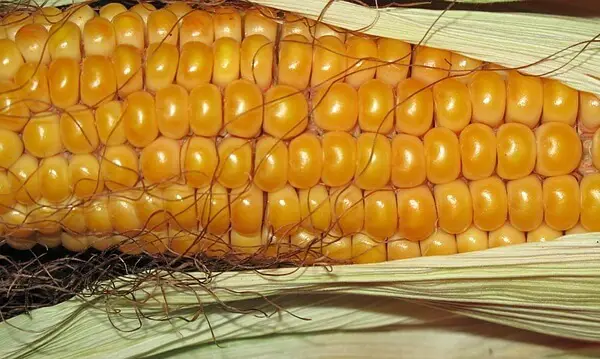
The same goes for dried corn. It can last a very long time, but only if you store it properly.
10. Dried Lentils
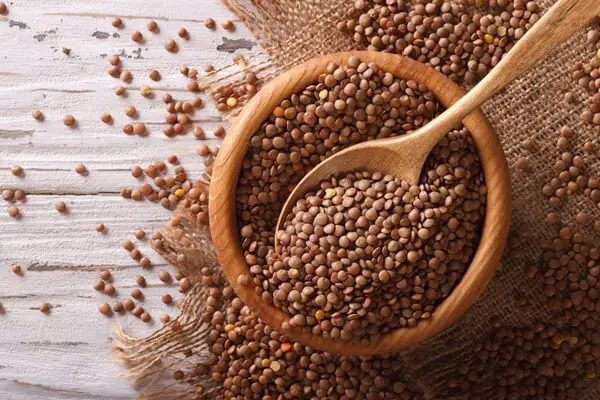
A great source of protein and fiber, dried lentils can last for decades if stored in airtight, moisture-proof containers. They're very versatile in cooking. You can use them in soups, stews, and all sorts of side dishes.
11. Freeze-Dried Cheese
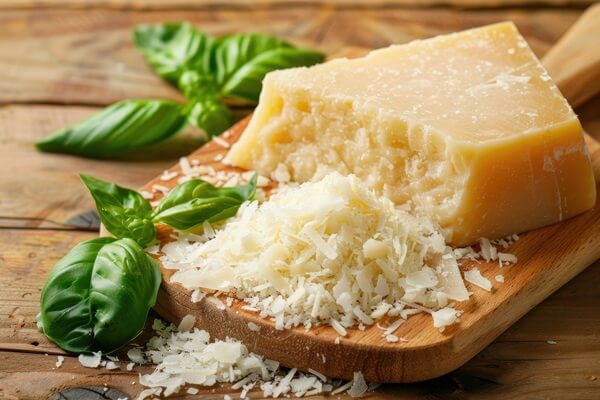
Freeze-dried cheese retains its flavor and nutritional value while lasting up to 25 years when stored in airtight containers. While it doesn't taste great by itself, it turns out great when used in cooking or baked on a pizza.
12. Freeze-Dried Fruits and Vegetables

Freeze-dried fruits and veggies retain a lot of their nutritional value and can last up to 30 years when stored properly. You can rehydrate them, add them to soups and stews, or eat them as they are as a quick, nutritious snack.
13. Freeze-Dried Meat
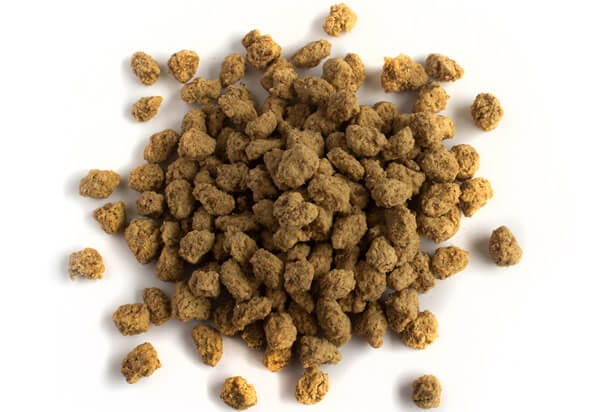
When sealed up in #10 cans, freeze-dried meats can last up to 25 years without losing nutritional value. They rehydrate quickly, making them easy to use in cooking and emergency meals.
14. Ghee
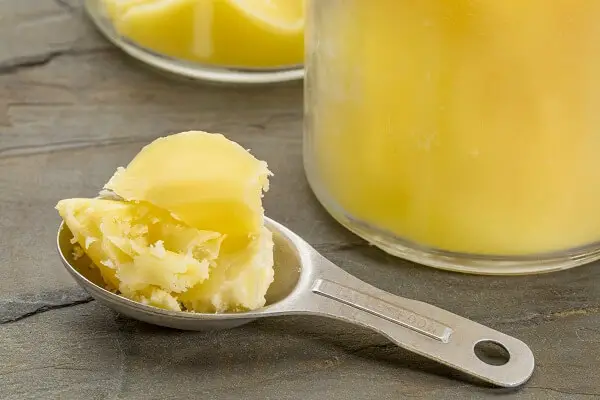
Butter wouldn't normally last very long, but this type is processed so that all the milk solids are removed, meaning it can last indefinitely. It's also a good option for people with a slight sensitivity to dairy. Here's how to make it.
15. Hardtack

Soldiers used to carry this food with them in the days before canned food and MRE's. Since it's so hard, it can be difficult to eat, but it's great when dipped in coffee, cocoa, or crumbled into soup. Here's our hardtack recipe.
16. Honey
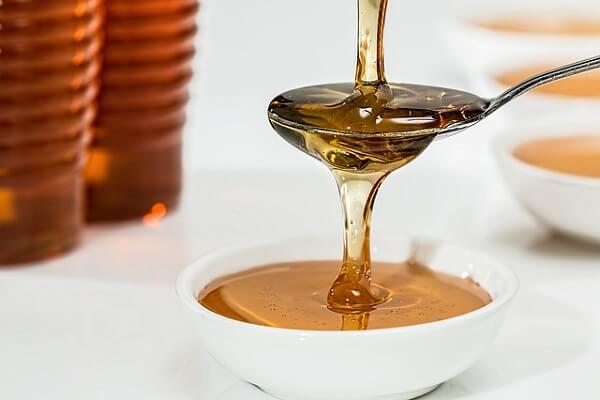
Supposedly, archaeologists found 3000-year-old honey in the Egyptian pyramids and it was still good to eat. The only thing is, it will harden over time, so you'll have to heat it up before eating it.
17. Instant Coffee
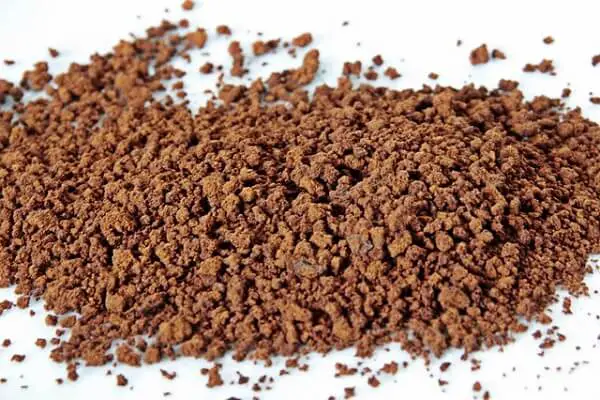
As long as you don't open it, instant coffee should last a very long time, and indefinitely if you keep it in the freezer. It's not as good as regular coffee, but hey, it still has caffeine in it.
18. Maple Syrup
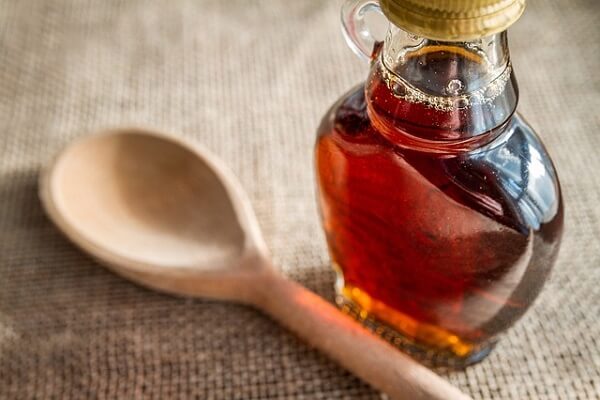
The high sugar content is what makes this last so long. We have a lot of it because it's not just good on pancakes, but also on toast, waffles, oatmeal, bacon, potatoes, vegetables, and even ice cream (yes, I have a major sweet tooth).
19. Pasta
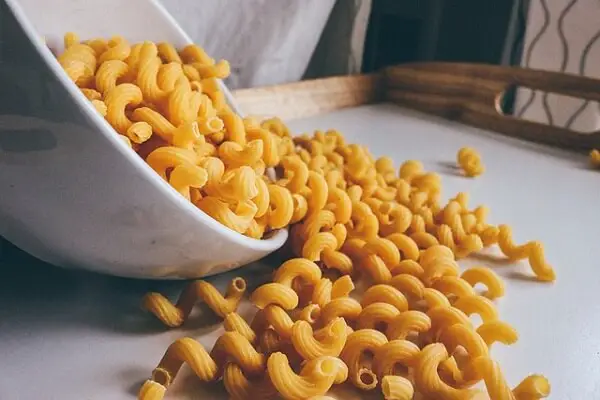
Spaghetti, macaroni, fettuccine, lasagna… all this stuff will last for decades if stored properly. I recommend everyone store lots of pasta. It is very filling and can be used for all kinds of delicious meals.
20. Pemmican
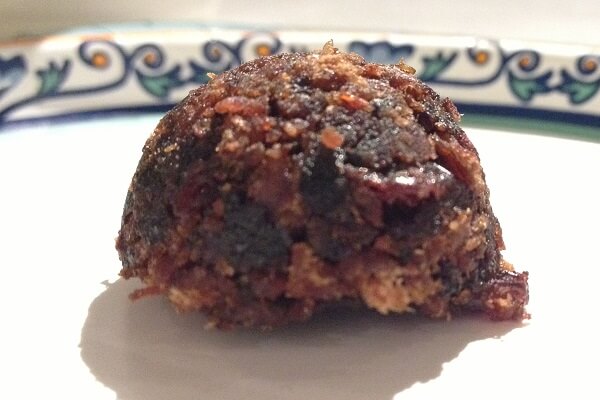
This tasty food was made by Native Americans long before they had refrigerators. There are reports of it lasting up to 50 years when kept in airtight containers in a cool, dry, dark location. Check out this recipe for pemmican.
21. Potato Flakes
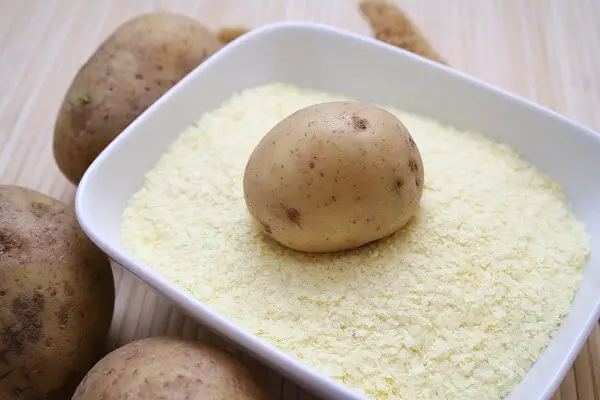
I love having instant potatoes on hand. Sometimes we'll cook some meat and veggies for dinner, and mashed potatoes just pull the meal together.
22. Powdered Eggs
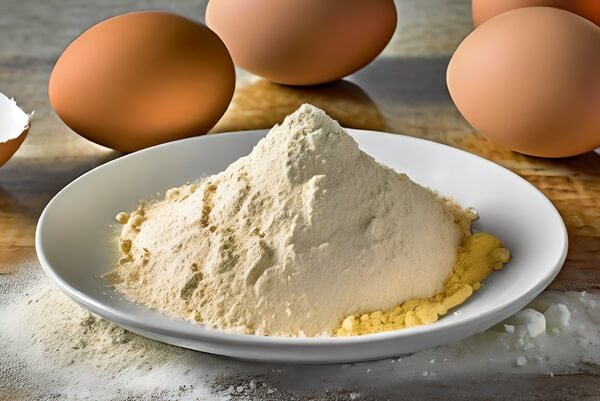
Powdered eggs are a shelf-stable must-have, capable of lasting 5 to 10 years in properly sealed containers. They are excellent for baking or preparing dishes where fresh eggs are required.
23. Powdered Milk
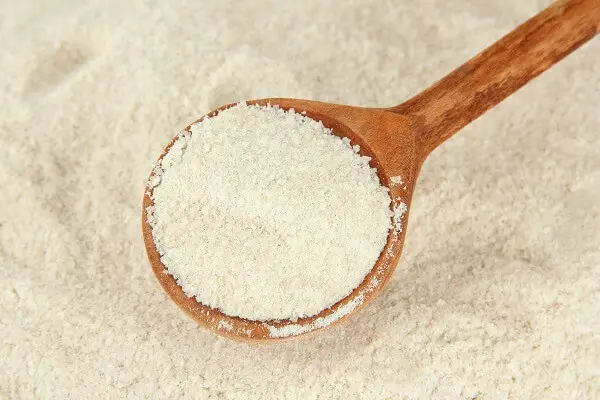
Powdered milk that comes in regular packages will only last a couple of years, but if you put it in a Mylar bag with oxygen absorbers it will last 10 years. I know, that's only one decade, and I said decades. But if you can find some powdered milk in nitrogen-packed cans, it should last a couple of decades.
24. Ramen Noodles
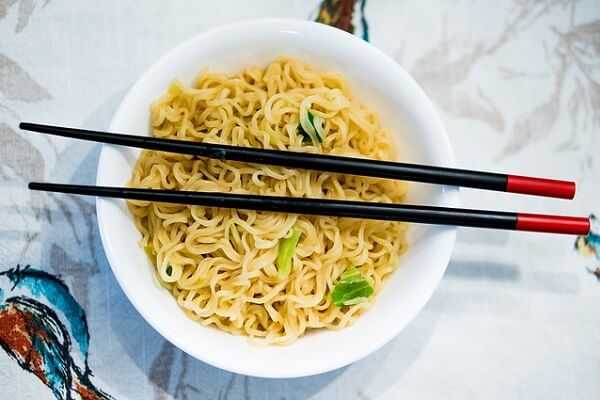
These aren't very healthy, but if you like them, then it's worth buying a few variety packs and shoving them in the back of the closet because they'll still be safe to eat after a few decades, although they won't taste as good.
25. Rolled Oats
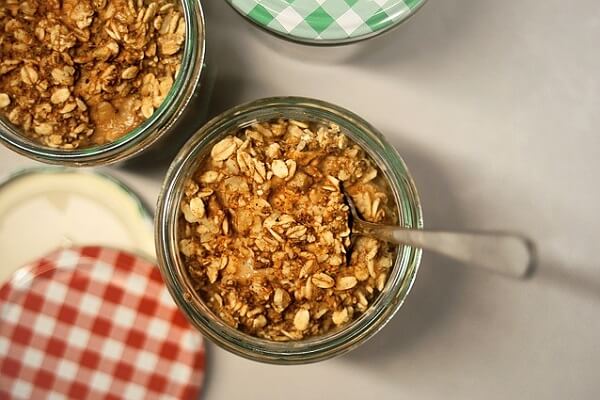
Oatmeal is a healthy, filling, and delicious breakfast (especially with some maple syrup on it). But like many of the items on this list, you'll want to store it in airtight containers in a cool, dry, dark location (sick of hearing that, yet?).
26. Salt

This isn't so much a food as it is a mineral, so you can rest assured it will last forever.
27. Soy Sauce
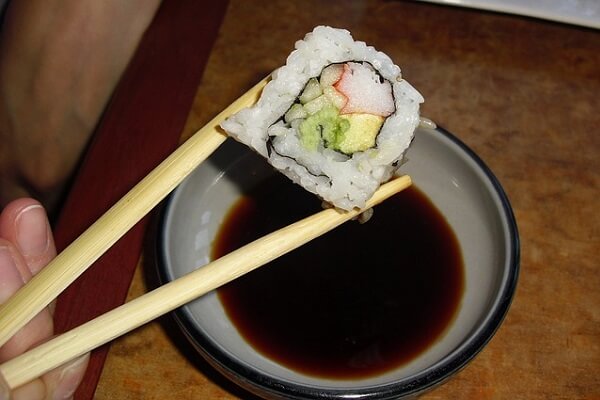
This stuff is so delicious on rice and/or vegetables. The reason it lasts so long is because of the high sodium content. The sodium is so high, in fact, that a teen went into a coma after chugging a bottle on a dare.
28. Sugar
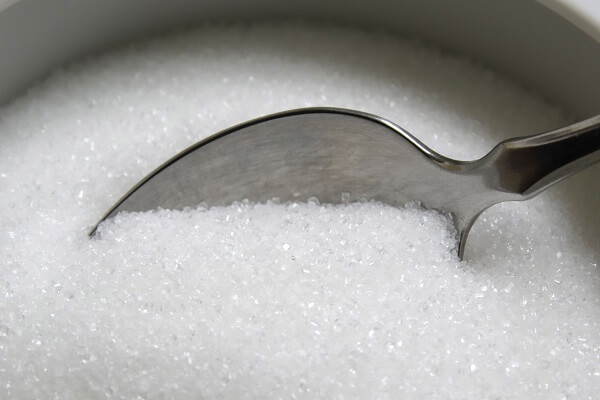
This is the most important, or least important, ingredient you can store, depending on your priorities.
29. Tea
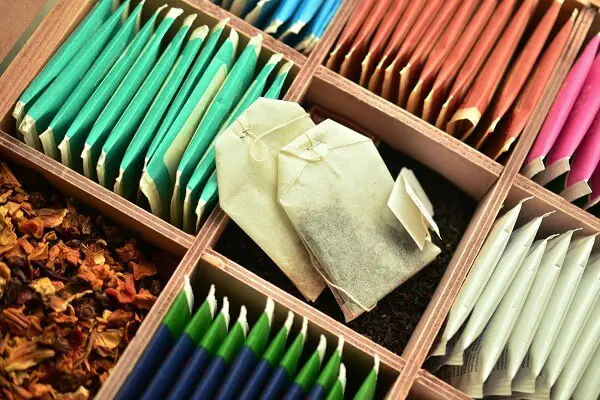
If coffee isn't your thing, maybe you prefer a hot cup of tea. As long as you keep it dry, it won't lose its flavor or potency at all.
30. Vanilla Extract
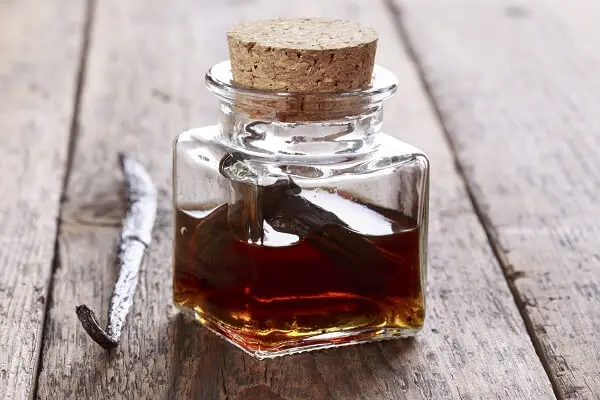
The reason this lasts so long is that it's mostly alcohol. Vanilla extract is a great thing to have on hand for making cookies, pancakes, ice cream, and other treats.
31. White Rice
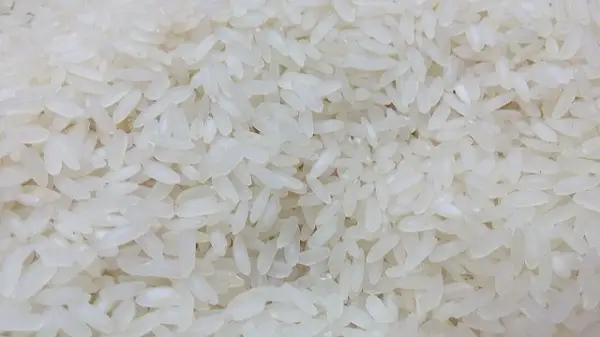
Rice is a staple of diets all over the world. It's cheap and very filling. Just make sure you store it properly, and also make sure it's white rice and not brown rice, which only lasts about 6 months.
32. White Vinegar
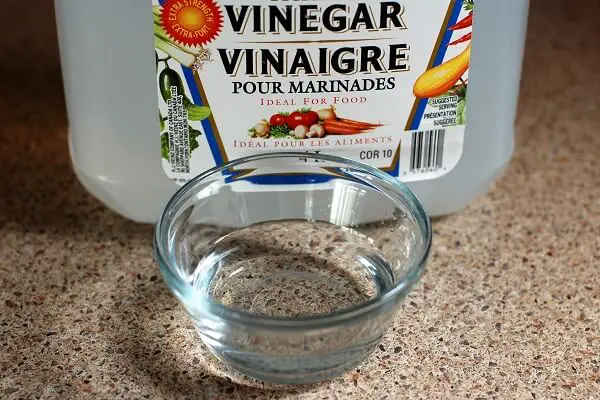
I don't use vinegar in cooking very often, but I keep several jugs on hand anyway because I use it for dozens of other things, many of which involving keeping my kitchen nice and clean.
33. Whole Wheat Grains

Typically, you'll have to get whole wheat grains through a company that specializes in emergency food. Make sure you have a grain mill so you can turn it into flour.
Food Storage Tips
Keep in mind that just because the foods we have listed here are capable of lasting for decades, that doesn't mean that you can store them any way you want to. These foods are still susceptible to bacteria, which can cause food poisoning with potentially devastating results in a disaster scenario.
With that in mind, here are some special tips to follow:
- Always store your food at normal room temperature and in a dark area (70 to 80 degrees Fahrenheit). There should be no natural sunlight, and nor should there be any moisture as both are direct invitations to bacteria. Good places include the basement (assuming there’s little moisture), pantry, closets, or spare bedrooms.
- Avoid storing your food in garages, sheds, the outdoors, attics, or in bathrooms. These places are much more vulnerable to bacteria.
- Store as much of your food as you can in Mylar bags which will keep moisture, oxygen, and pests out. Label the type of food stored and the specific date you stored it. You can buy different sizes of Mylar bags as well. Include at least one oxygen absorber packet in each bag as well. Proceed to place each Mylar bag in a food grade storage bucket and seal it off against the outside by shutting the lid firmly.
- Consider adding bay leaves into your food buckets. They help to keep pests such as insects and rodents away.
- Always store your food out of sight, and do not discuss it with anyone you do not trust.
- When it comes to flour, always store it in the freezer for two to three days before you store it at normal room temperatures. The freezer temperature will kill off any bacteria that may already be present.
- Consider rotating your food out every six months to a year. Yes, this will be more expensive, but it may be wise to stay on the safe side. At the very least, you need to thoroughly inspect your food preps at regular intervals. Remember the old adage, “when in doubt, throw it out.” If you have any reason to suspect that your food has gone bad, don’t eat it and replace it as soon as possible.
Well, there you have it, over two dozen foods that will last for decades (when stored the right way, of course). If you're new to emergency preparedness, these foods are a great place to start.
Like this post? Don't Forget to Pin It On Pinterest!
You May Also Like:




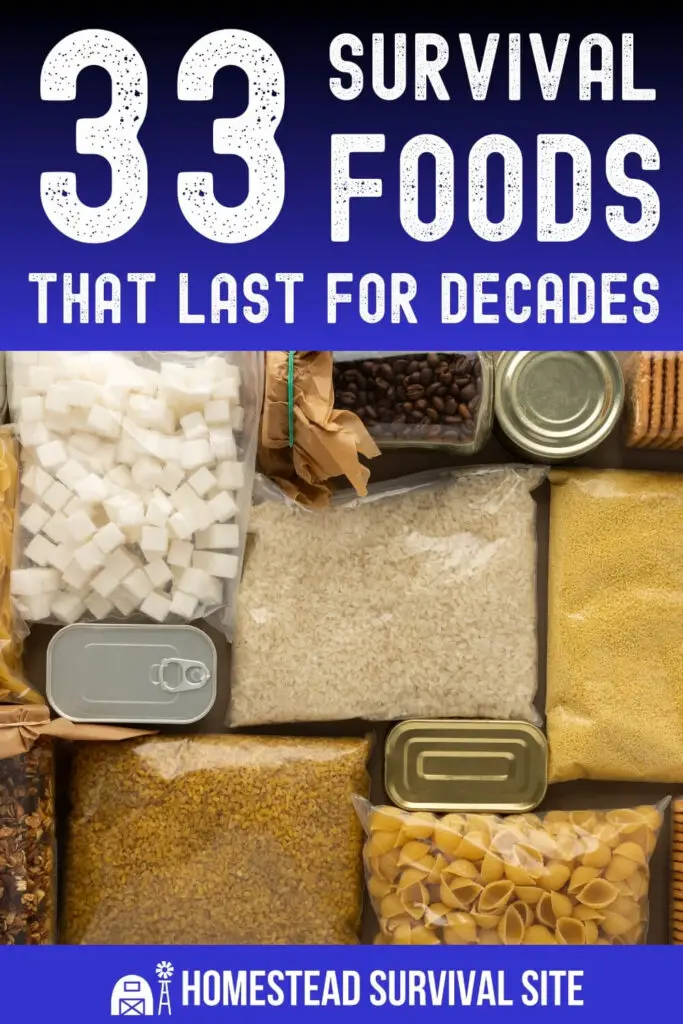









I’m curious. How would these last if a person sealed these with a vacuum sealer?
They would last, well, decades or longer. But you still want to keep them away from heat and humidity just to be safe.
Since the vacuum sealer extracts the air in the package, it will improve the life of the product thus sealed. You will need to store the vacuum sealed packages in a plastic tote or 5 gallon bucket since they are vulnerable to rodents.
A steal or stainless steal drum would be preferred. With a locking top. This way you are assured that animals can’t get in.
Great article. I was looking for the information on how long tea last. Glad I found out. I was on a set tea kick and stocked up on tea bags. Is it any tea bags such as lipton orange peco?
Good list 🙂 now my questions 🙁 How does…..GMO….effect storage. Corn as a example. Just about it (and soy beans) are gmo. So since it is made to not be killed by all the round up put on it, I wonder how much is retained in the final product? This also goes for all the other GMO products that are out there. Next is salt…..plain or with iodine? And last the apple cider vinegar…..you show processed in your post…..would not the good old one with the mother in in be best. Not picking on you but most of the other posted lists do the same thing. If you are going to store items for when the SHTF would you not want to store the best? I sure would.
Salt with iodine has a fairly short shelf life; the iodine compound starts breaking down.
Your best option is to store canning salt rather than ordinary table salt. (The container must have the words “canning salt” on it.) This is an ultra-pure salt that will be far more valuable than regular salt – – if refrigeration no longer exists, canning will (once again) be extremely important for the preservation of food…. and canning salt will be an absolute necessity. Ordinary table salt is not suitable for canning.
So what exactly is canning salt? We’ve always used ordinary non-iodised salt for preserving.
It’s just pure salt with no additives, such as iodine, which can affect the quality of the food. And it’s finer than regular salt, which means it dissolves more easily.
How long does powdered milk last in an air tight canning jar?
It depends. Unopened nitrogen-packed cans will last for decades. Other types of unopened cans/packages could last anywhere from 2 to 10 years. If it’s been opened, but you’ve transferred it to an air-tight canning jar, probably a couple years at best.
How long will homemade preserves last that have NEVER been opened? No labels so don’t know what flavor but made (glass jars w/metal lids) within the past 19 years.
It just depends. If they’ve been kept in a cool house and in the darkness, they could be good for years to come. If not, they could be bad already. There are too many factors for me to say for sure.
Can you recommend a supplier of bulk (25 to 50 lb) dried lentils and various dried beans.
if you have indian shop close by they have all kinds of beans and lentils . they will get them in bulk if you ask
I’m not going to be an ass about it, but I would take Ramen off the list. It’s good short term but it’s going to have a very funky smell and taste in less than 10.
yep!
I was surprised to see this one on the list.
An alternative to instant coffee could be regular ground coffee that comes in tea bags. They will each brew a cup. If you are a DIYer you could make your own.
Very interesting indeed.
Useful information. Will include some of the ideas in our disaster food storage
Thanks
sam
Some other options I believe are good LTS foods, supplements, etc.:
1) Tea bricks. Some teas are available as pressed tea bricks that, if stored like other LTS items, well packaged, cool, and dark, will last for decades.
2) Most of the freeze-dried coffees, with Folger’s Coffee Crystals being the one I store, last for decades. It used to come in glass jars, which helped extend the life. Now, it is usually in plastic so much be well packaged in for additional protection, and like the others, kept in a cool, dry storage area.
3) Jerky, if made with premium meat, including buffalo (American bison), Elk, moose, and beef, of course, well-trimmed, and with only a bit of salt, and then dried to the point where, if bent up to a 45° angle, strands will start to break. That is, very, very dry. No marinades, no soft (high moisture content), flavored, etc. Plain very low-fat meat, with just a bit of salt, and dried to a hard, nearly crisp, state.
4) Premium lentils, package as you would dry beans, will also last a very long time. i am not sure if they will last as long as beans and rice, but they do keep well. Unlike most dried beans, lentils only need rinsing (some even will not need this) before cooking, using much less water than beans. They also cook much quicker, saving fuel, reducing the time good odors are being produced, and are very versatile.
5) When storing sugar, if the knowledge and skill of grinding (often with just a blender or food processor), and the tools are acquired one can keep more sugar and turn some of it into fine, extra-fine, and powdered sugar as needed, reducing the number of types of sugar that need to be stored separately.
Other notes:
Ramen noodles, at least the $0.25 to $0.85 cellophane type packaged once with a seasoning packet, I have found to become either very stale or rancid beginning after about three months. Those in the cardboard cup with a paper top I do not know. Some of them come in additional flavors that I have not found in the cellophane-type packets.
Vanilla can be had as a powder, which will also store for long periods, saving much weight and space over the liquid. And, there are extra strength extracts, from 4x to as much as 16x stronger. They have to be cut or much smaller than usual measuring devices have to be used with them. Again, these save weight and space. There are many other flavorings that can be had in powder form that is good for LTS pantries.
There are a few companies that produce full-fat dried milk. It is often packaged in plastic bags or cardboard cans with metal tops. It will store for many months as is, and if additional packaging is used can last well over a year. However, it does last nearly as long as low-fat and no-fat dried milks.
For daily pantry use, UHT packaged boxed milk, including whole, Vitamin D milk, can be had with shelf-stable shelf lives of from 6-months to a year. Once opened the milk will keep for extended times in a refrigerator, longer than fresh milk from a store. It does need to be refrigerated after opening, however, especially the full-fat whole milk. Or used. As it is usually found in 1-quart or 1-liter boxes that is usually not a major problem.
Always check carefully for recommended storage time, if one is given, shop around, and watch for shipping charges that can vary greatly and in many cases are more than the cost of the product. Also, always do your due diligence research to find out all the particulars of any of these products. If making some of them oneself, take extra pains to maintain a sanitary working station so nothing can contaminate the products. This includes having the means to wash one’s hands and sanitize them.
Be wary of storing pastas such as spaghetti and related shapes that can easily punch holes in cellophane-type and plastic packaging. If they can, they will also punch through mylar bags if the bags are handled roughly. It is best to put anything, not just pasta, but items with narrow or sharp ends of any type, into a lightweight box before placing it in a mylar bag, or other methods of storage that the product could work it’s way through.
While the mylar bag with oxygen absorbers in plastic buckets (and a few other containers in which the filled and sealed mylar bags are placed before going into the LTS storage area, are favored for putting up food items oneself, I, personally, do not use the method. I have seen evidence, from fellow preppers that have stored foods this way for years open something to find it inedible, sometimes to the point where the food is poisonous if consumed. And these preppers knew what they were doing, using good, thick, mylar bags, high-quality oxygen absorbers, making professional-grade seals, and handling the product carefully, with storage in quality plastic buckets stored in a cool and dark storage area.
Mice, and rats especially, are entirely capable of chewing through plastic buckets, totes, drums, and barrels. There are other rodents that can, as well. Many of them can smell the food through the plastic, as the food-grade, and most of the other plastic containers, are porous and allow odors to escape the inner packaging and then the plastic storage bucket or other units.
Even thick, high-grade mylar can break down, though these types will last much longer than the cheaper types. Seals must be done very carefully, with proper sealing equipment.
I do know that this is not a popular opinion, but with what I have observed myself, and with the research I have done, I will continue to not use mylar bag/oxygen absorber/food-grade plastic bucket system for food storage.
Just my opinion.
Thanks for sharing your thoughts! Lots of good suggestions. You’re right that mylar can break down over time and rats can get through buckets eventually. That’s why you should keep them indoors in a spare room or closet where the temperature is stable and be sure you have pest deterrents and/or killers around them.
Just a comment about noodles and ramen noodles… They have oil in them eventually they go rancid I have found…